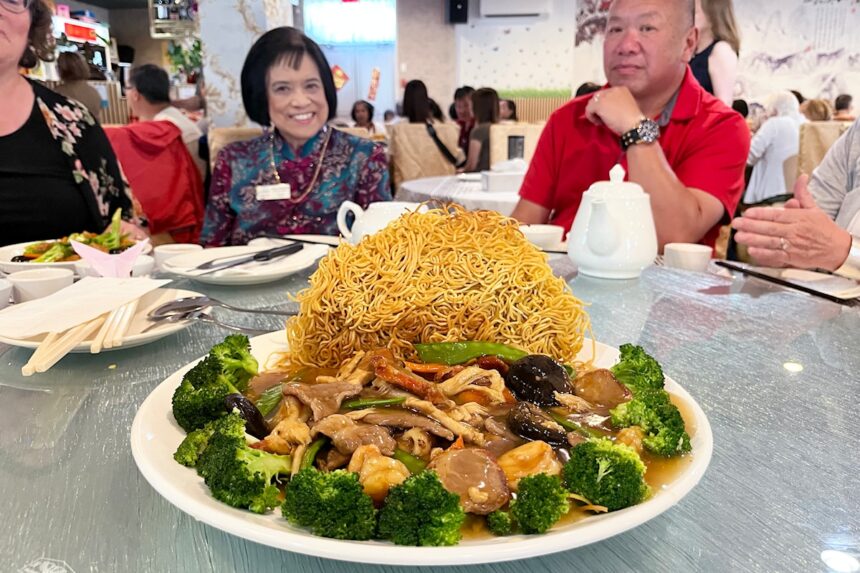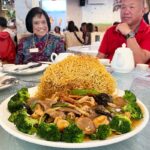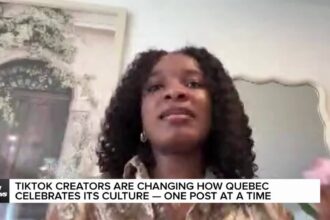In the heart of Victoria, amid the clinking of teacups and the gentle hum of conversation, a cultural renaissance is taking place—one steamed dumpling at a time. What began as an informal gathering of Chinese Canadians seeking connection has evolved into a vibrant community fixture that transcends mere culinary appreciation. The Victoria Chinese Culture Club’s monthly dim sum meetings have become a powerful vehicle for cultural exchange, intergenerational bonding, and the subtle art of belonging in a multicultural Canada.
“Food is the universal language,” explains Wei Chen, one of the group’s founding members. “When words fail, sharing a meal creates understanding.” This philosophy underpins the club’s approach to cultural preservation that avoids the stuffiness of formal heritage events in favor of something more organic and accessible.
The group, which started with just seven participants in 2019, now regularly hosts over 40 attendees at their monthly gatherings. Their popularity speaks to a hunger—both literal and metaphorical—that exists within Victoria’s Chinese Canadian community. In a city where Asian residents make up approximately 7.6% of the population, these dim sum tables have become islands of cultural affirmation.
What makes these meetings particularly remarkable is their multigenerational appeal. Elderly Chinese immigrants sit alongside first-generation Canadians and their children, creating a living bridge between past and present. For many senior participants, these gatherings offer rare opportunities to speak their mother tongue and share stories of the China they remember. For younger generations, it’s a chance to connect with heritage that might otherwise feel distant or abstract.
“My daughter barely spoke Mandarin before we started coming here,” shares Jennifer Liu, a regular attendee. “Now she not only orders in Chinese but understands the cultural significance behind dishes like xiaolongbao or har gow. Food has become her pathway into a cultural identity she was once ambivalent about.”
The genius of using dim sum as cultural glue lies in its inherent social nature. Unlike individual meals, dim sum is designed for sharing—small plates passed around large tables, encouraging conversation and connection. The circular tables common in Chinese restaurants naturally facilitate group interaction, breaking down the barriers that might exist in more formal cultural education settings.
This approach to cultural preservation reflects a broader trend across Canada, where immigrant communities are finding innovative ways to maintain traditions while embracing Canadian identity. Rather than viewing cultural heritage as something that must be protected from outside influence, these groups are creating hybrid spaces where multiple identities can coexist and enrich one another.
The Victoria Chinese Culture Club has expanded beyond just monthly meals. They’ve added calligraphy workshops, traditional music performances, and language exchange programs. Yet food remains the cornerstone of their community-building efforts. During Lunar New Year celebrations, their dumpling-making workshops attracted participants from diverse backgrounds, many experiencing Chinese traditions for the first time.
“We’re not just preserving culture for ourselves,” explains club coordinator Mei Wong. “We’re creating bridges to share it with the broader Victoria community.” This outward-facing approach has garnered support from local businesses and cultural organizations, who recognize the value of such grassroots initiatives in building social cohesion.
What started as a simple way to enjoy familiar comfort food has evolved into something far more significant: a living example of how cultural identity can be maintained and celebrated in the Canadian mosaic. In a political climate where immigration and multiculturalism sometimes become contentious topics, these dim sum gatherings offer a refreshingly pragmatic counterpoint—a reminder that cultural integration happens most naturally around shared experiences rather than through policy debates.
As Victoria continues to evolve as a multicultural city, initiatives like the Chinese Culture Club provide valuable lessons about community building. Perhaps the most profound cultural exchanges don’t happen in museums or heritage centers but around tables where food, stories, and laughter are shared freely. In the steamy atmosphere of a dim sum restaurant, between bites of siu mai and conversations that drift between English and Chinese, something remarkable is happening—a culture isn’t just being preserved; it’s growing, adapting, and finding new expression.
For those interested in exploring more cultural initiatives across Canada, CO24’s Culture and Trends sections regularly feature similar community-led movements that are reshaping our understanding of Canadian identity in the 21st century.










